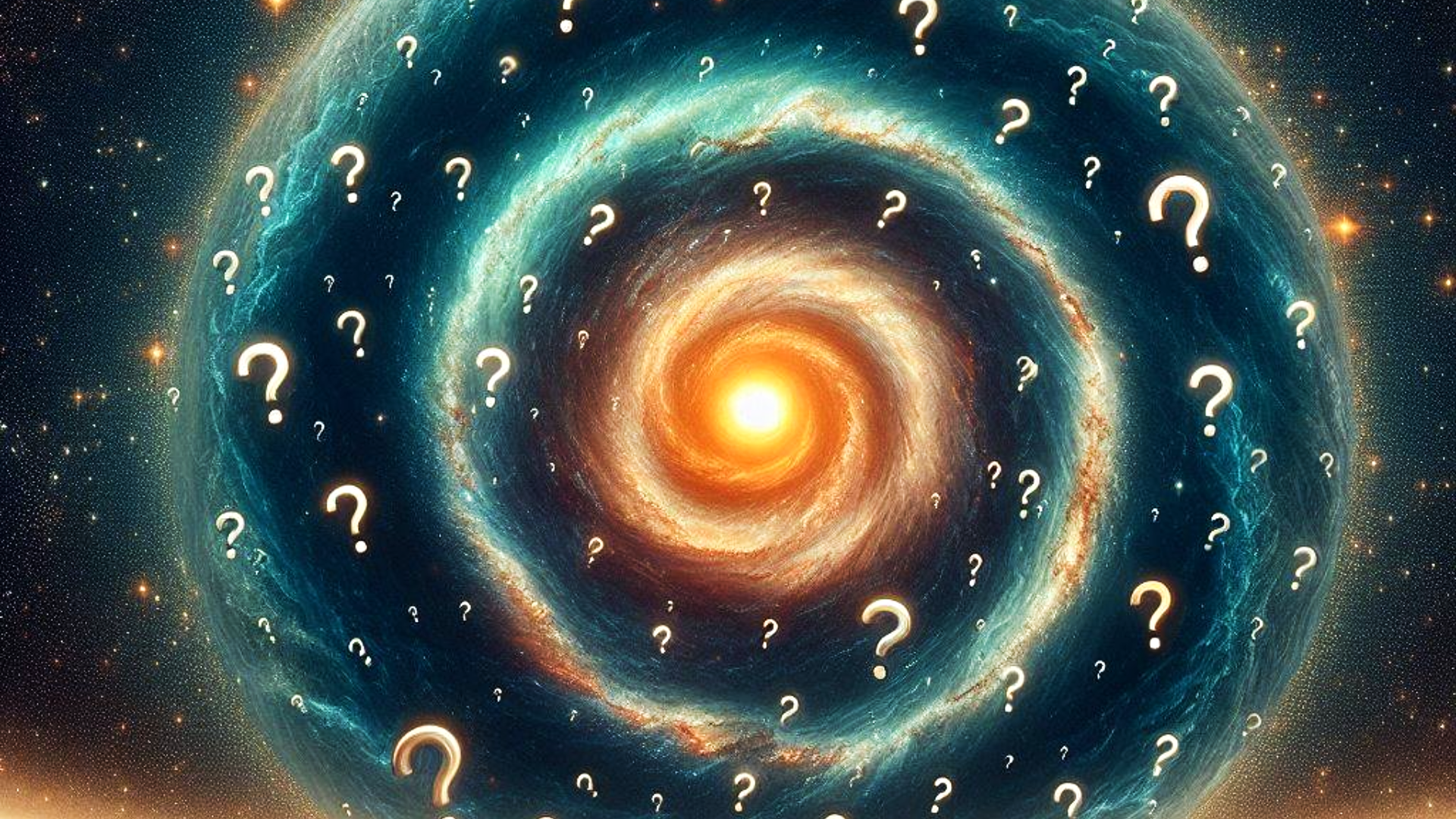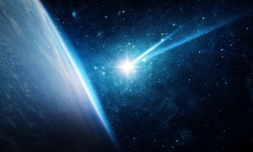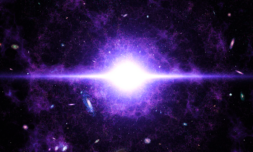Some of the world’s top cosmologists are meeting at London’s Royal Society to scrutinise an accepted theory on the universe’s formation. The view, formed in 1922, suggests that the universe is a vast, even expanse with no notable features.
We’re floating on a rock in a vast cosmic expanse, that much is a given. Exactly what that expanse looks like when zoomed out beyond the range of planets, stars, and galaxies, however, is still greatly up for debate.
The principal view of cosmology, which was developed way back in 1922, suggests that the great beyond is evenly speckled with matter and no notable features. This assumption has underpinned a century’s worth of research into the formation and evolution of… well, everything.
In recent years, though, a backlog of astronomical observations has cast doubt on the accepted science and raised the question of whether humanity’s current cosmology model needs revising – or perhaps throwing out entirely.
‘The theoretical basis is past its sell-by date,’ declares Oxford University cosmologist Professor Subir Sakar, who is co-organising a crunch meeting including some of the field’s biggest brains at London’s Royal Society.
Many of the conference’s attendees are ready to posit alternative views with file-binders of evidence in-hand. ‘More and more people are saying the same thing and these are respected astronomers,’ Sakar clarified.
These anomalous findings include observations that suggest the universe is expanding quicker in certain regions than others, evidence of cosmic flows – huge celestial tracks where the universe should be smooth and featureless – and a ‘lopsided’ view of the cosmos that could undermine the basis for dark energy.




















